Opposition councillors say new charging rates mean it will be cheaper to run a petrol car than an electric one using the Highland council’s rapid chargers.
Highland Council has today voted to increase the price of its fastest EV chargers from 30p per kilowatt hour, all the way up to 70p.
If you were driving a Nisan Leaf electric car on the 110-mile journey from Inverness to Thurso using these chargers, the cost for that drive after this change would go from £12 to £28.
For comparison, that same journey, according to EV price comparison website Zap Map, would cost you just £18 in a petrol-fuelled Ford Focus.
Slower ‘destination’ chargers will cost 35p/kwh, but for many Highlanders, these sluggish chargers aren’t practical for travelling from A to B.
The council says it needs to up the price to cover the cost of maintaining and improving the network.
But the issue proved divisive, with a crunch vote today tied eight votes apiece. Economy committee chairman Ken Gowans cast the deciding vote to increase prices.
And the issue was further complicated by a row over who should make the decision – the economy committee or the council’s new climate change committee.
Highland EV charging ‘not good enough’
Two of the most outspoken members in today’s debate are EV drivers themselves – but they took vastly different views on the price hike.
Councillor Sarah Fanet told the chamber she arrived late to the climate change committee in November because the EV charger enroute wasn’t working.
Ms Fanet said there aren’t enough chargers, and many of them are faulty. “It’s not good enough at the moment in the Highlands,” she said. Ms Fanet says a price increase is necessary to fund improvements to the network.
In the report for economy committee, Highland Council explains that Transport Scotland no longer subsidises the repair and maintenance of the EV network.
As such, it needs to charge more to cover its costs. The council also claims its electricity bill has increased by 160%.
Without a significant price hike, the EV network will continue to deteriorate.
Are the council’s rapid electric chargers now pricier than petrol and diesel?
However, conservative councillor and EV driver Patrick Logue took a very different view. Mr Logue said the new tariff makes Highland Council’s charging points the most expensive in Scotland.
Mr Logue also took issue with figures in the economy committee report. These calculated that electric vehicles would still be cheaper than petrol/diesel after the tariff increase.
Highland Council’s sums state that slower ‘destination’ chargers would cost motorists 8.96p per mile, while faster ‘journey’ chargers come in at 17.91p. Home charging is cheapest of all.
By contrast, unleaded petrol and diesel would cost 18.59p and 19.01p per mile respectively, according to the local authority’s calculations.
But Mr Logue claimed the council’s figures are presented the wrong way round, and petrol prices have dropped significantly since the council did its sums in November.
The fossil fuel prices used in the council’s calculations put petrol at 186.23p per litre.
At the time of writing, RAC has the average cost of a litre of unleaded at 148.98p and diesel at 170.38p.
Exact mileage prices depend on the make of the car, but this would make Highland fast chargers more expensive than unleaded petrol.
Speaking after the meeting, Mr Logue said: “We risk repeating the mistakes of the past and making the Highlands the most expensive place in Scotland to travel by electric car.”
EV driving Highland reverend says increase will make it ‘eye-wateringly expensive’
“I think to be honest, you’d be cheaper taking an internal combustion car if you were on holiday in the Highlands,” said Reverend James Bisset, who drives a Nisan Leaf.
He said that right now it would cost him about £12 to fully charge his car using a Highland Council fast charger at the current 30p rate, but it will put him back £28 once the 70p rate is in place.
He continued: “I think it would put off people driving longer distances, even Highland residents, and we don’t really have a choice but to drive long distances in many cases.”
Rev Bisset said he doesn’t think it’s “acceptable” for Highland Council to effectively be subsidising EV drivers like him with cheaper rates.
But he said the new prices “look eye-wateringly expensive”.
Row over powers of climate change committee
The figures may be tough, but the biggest row actually centred on who should be making the call.
Back in November, the council’s new climate change committee was asked to approve an even bigger price rise, to 84p. However, councillors wanted more information on maintenance costs and deferred a decision.
Highland Council officers then went back to Transport Scotland and managed to unlock some more cash. This meant they could ask councillors to increase prices to a more palatable 70p.
But that decision rested with the economy committee today. The Greens and Tories felt it should have been a decision for the new climate change committee.
Mr Logue brought an amendment asking members to “honour the democratic decision of the climate change committee” and give them the final say.
His amendment divided the chamber, resulting in an eight-eight tied vote. The chairman made it 9-8 in favour of raising the tariff.
Climate committee chairman Karl Rosie voted against Mr Logue’s amendment.
Speaking after the meeting, Mr Logue said: “It’s unfortunate that the chair of the climate change committee did not agree with me that his committee’s recommendations should be respected.”
Mr Rosie responded: “The recommendations in today’s report are clear and these were democratically agreed by members. The new tariff will help the council meet the cost of maintaining its EV network, taking us a step closer to meeting our climate aspirations.”
Are you interested in more exclusive and breaking Highland and Islands news from the P&J? If so, why not join our dedicated Facebook page HERE
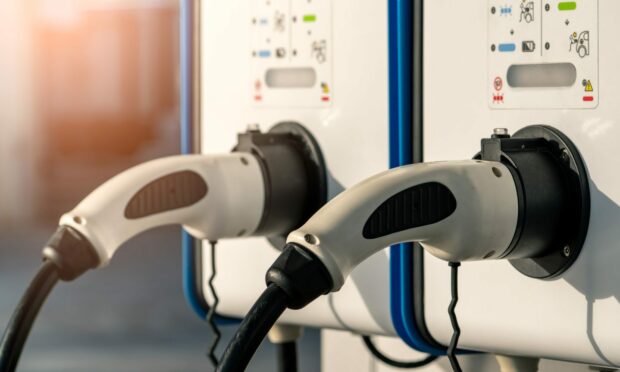
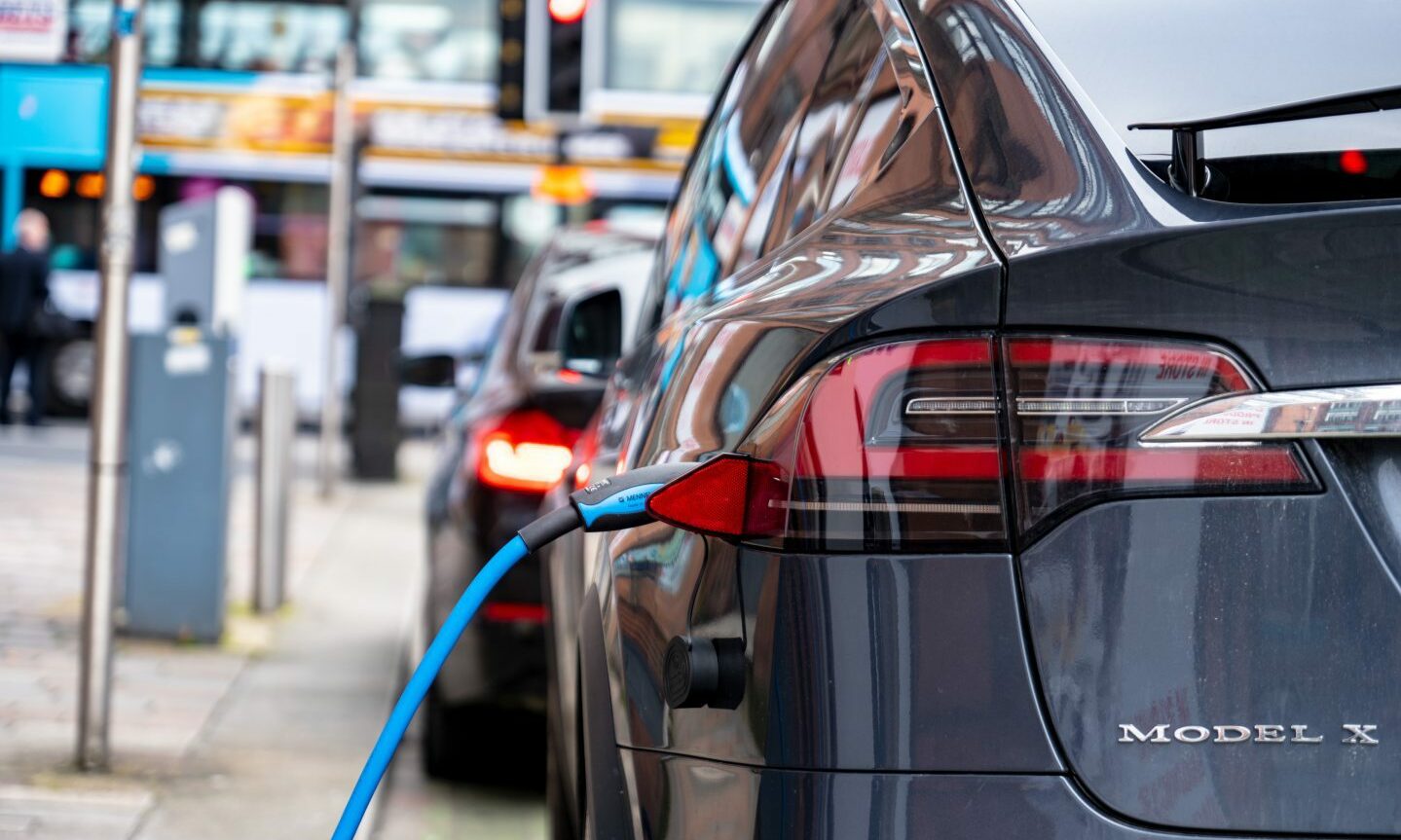
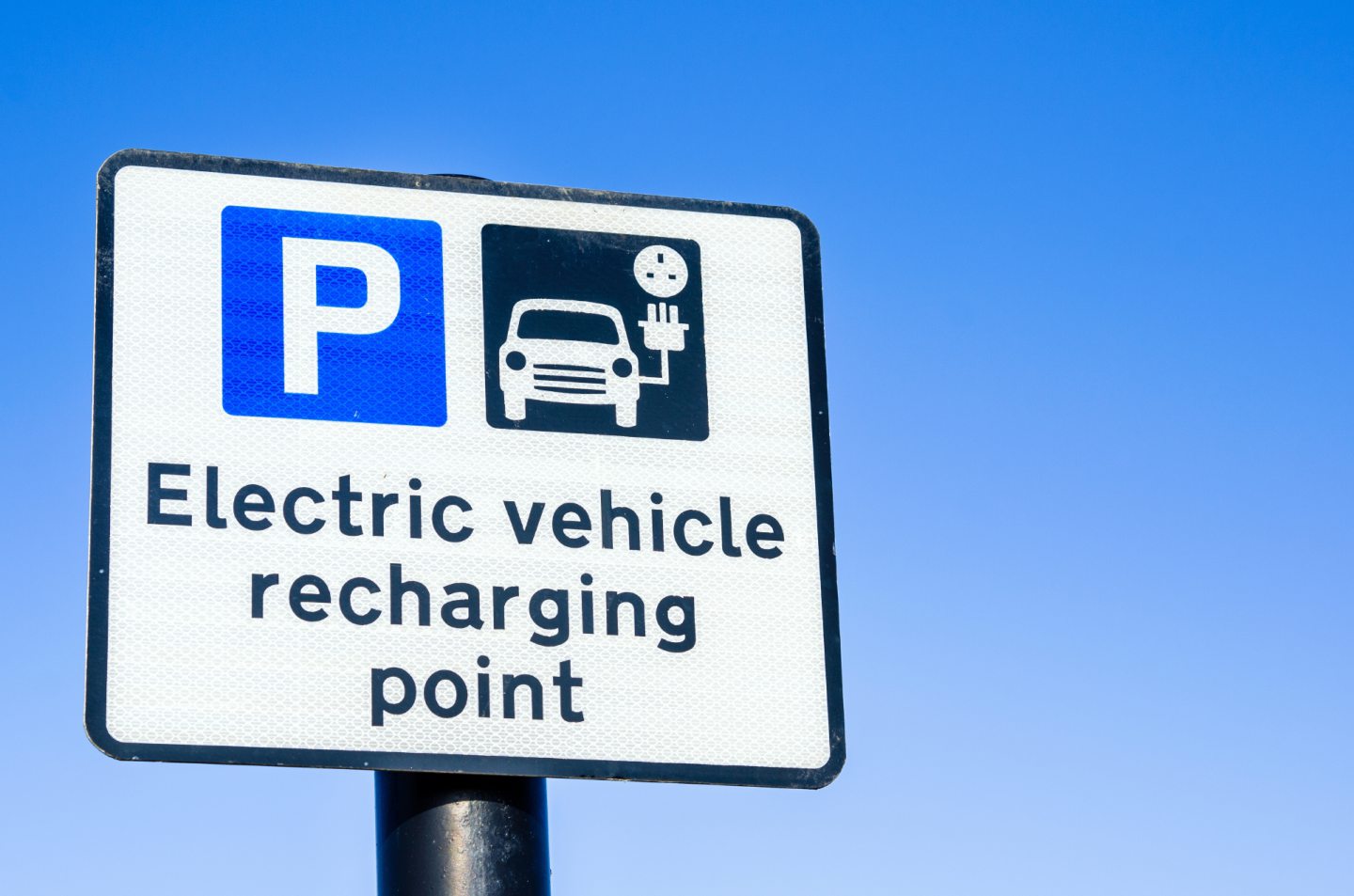
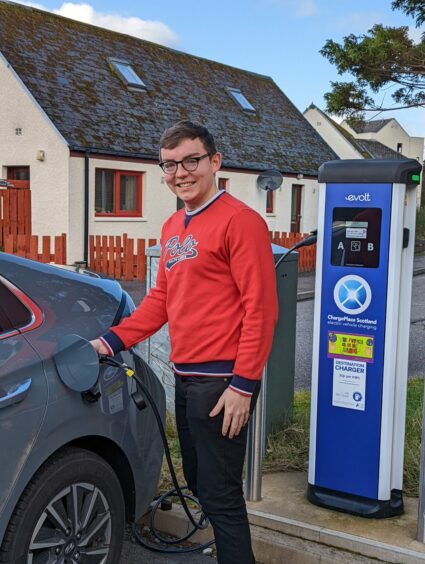
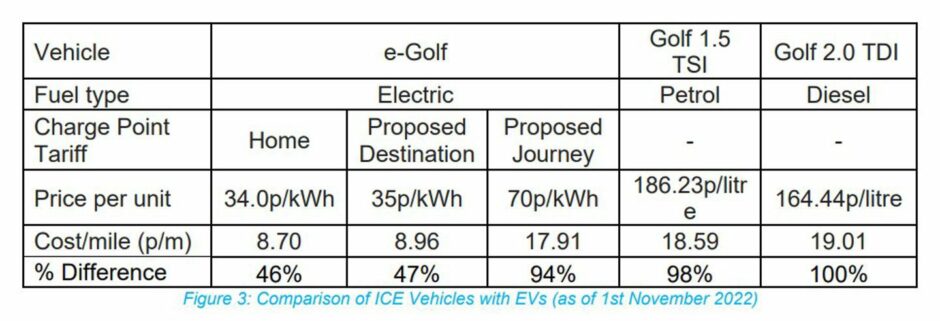
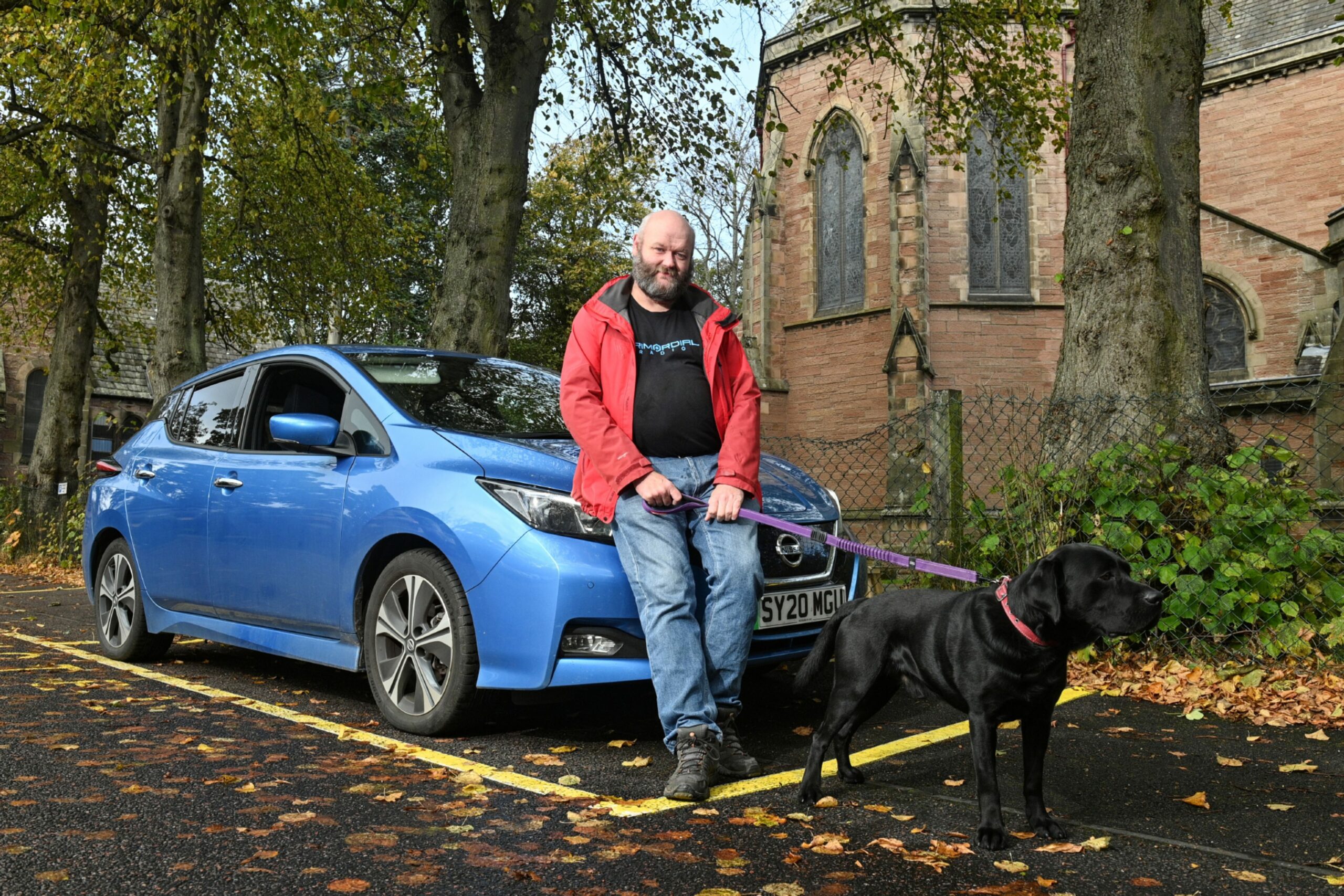
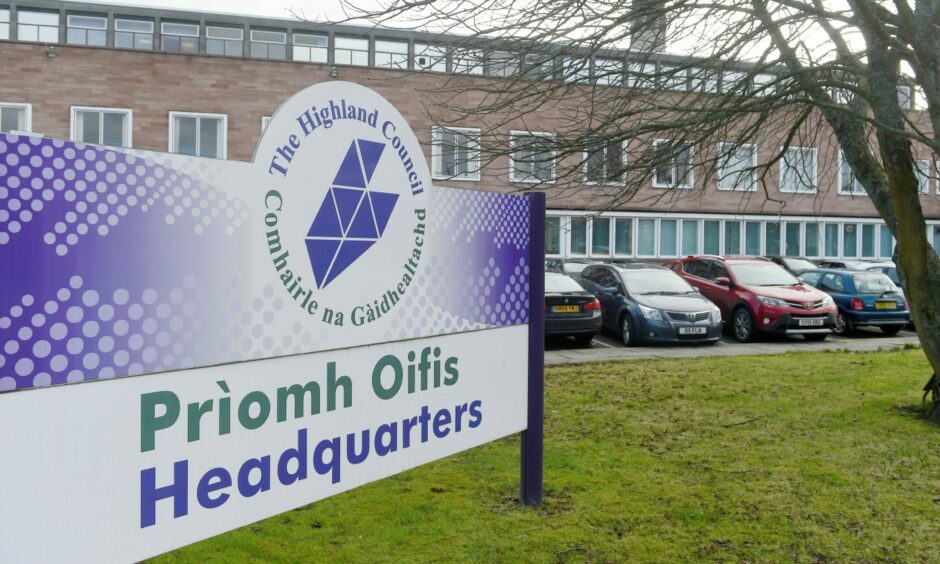
Conversation